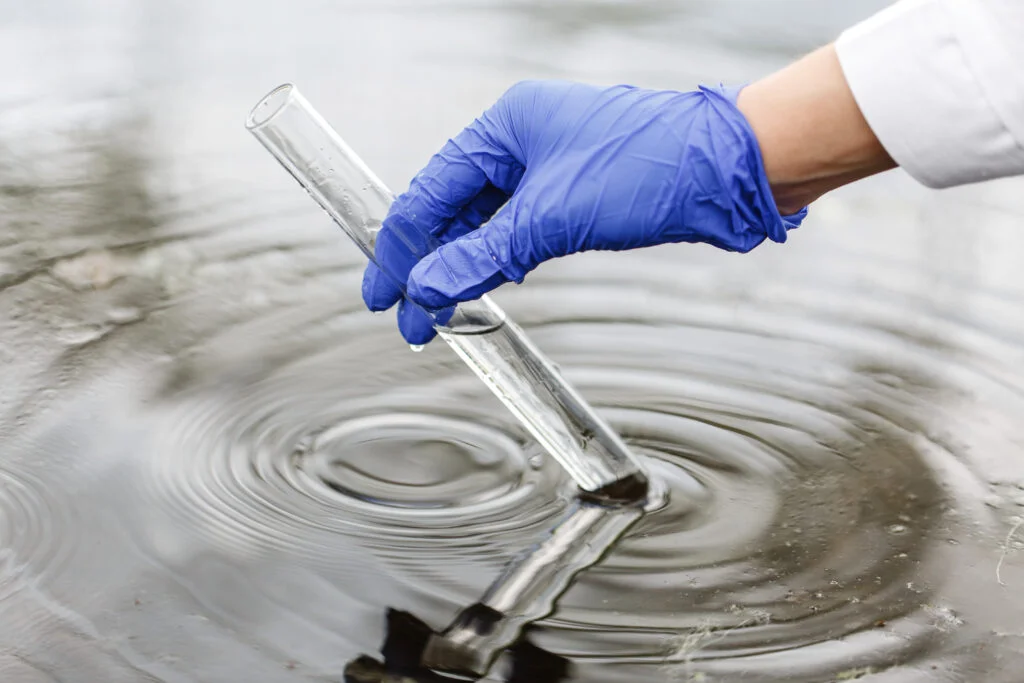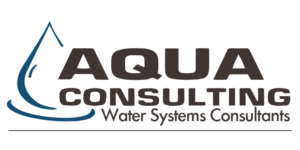water audit
- Home
- water audit
Conducting a water audit in the industrial sector involves a detailed review of water usage. The main goal is to identify opportunities for water conservation, improve efficiency, and achieve cost savings
- Conduct a comprehensive examination of the entire water supply system, including pipes, fixtures, appliances, irrigation systems, and any other water-related infrastructure, while checking for leaks, drips, and other forms of water wastage.
- Identify potential areas for water conservation measures, including upgrading fixtures, installing water-efficient appliances, and fixing leaks, while concurrently assessing the feasibility of implementing water reuse systems.
- Create a comprehensive list of recommendations based on the audit findings and prioritize them according to both cost-effectiveness and potential impact.
- Develop an action plan detailing the steps for implementing recommended water conservation measures, incorporating a timeline, budget estimates, and clearly defined responsibilities for each action


- Gather information on various water sources, like municipal water, well water, or other sources, and collect data on water consumption patterns, including daily, weekly, or monthly usage.
- Evaluate the quality of the water supply to identify potential concerns that may impact water usage and consumption.
- Develop and implement a monitoring plan to keep track of how well the water-saving measures are working. Regularly look at the data on water usage to make sure things stay efficient.
- Evaluate water usage in comparison to industry benchmarks or standards to pinpoint areas for enhancement.
- Provide education and outreach programs to staff members and encourage them to use water wisely.
- Conduct measurements of water-consuming equipment’s flow rates to pinpoint high-water usage areas and employ water meters for comprehensive tracking of overall water consumption.

Water audit assessments play a crucial role in sustainable water management by assisting businesses in minimizing their environmental footprint and realizing cost savings through enhanced water efficiency.
